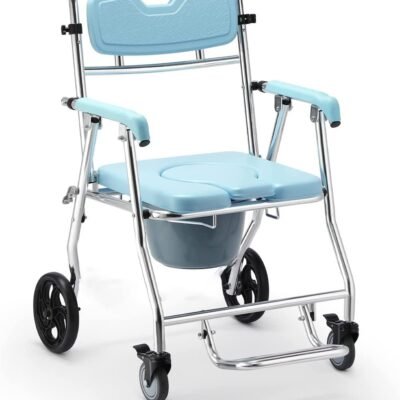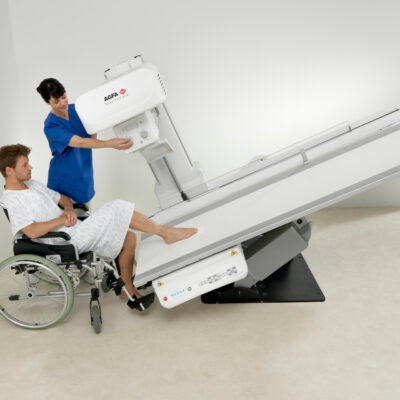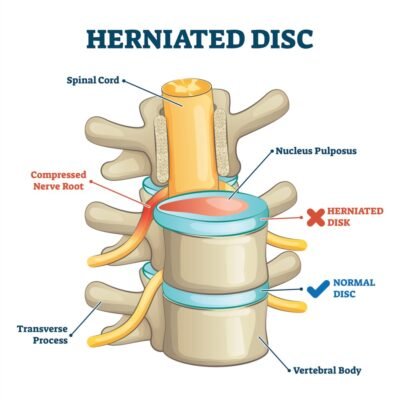Orthodontic treatment has evolved significantly over the last few decades, moving away from the traditional metal brackets and wires toward more subtle and comfortable solutions. One of the most revolutionary developments in this field has been the introduction of clear aligners. These transparent trays have transformed the orthodontic experience for both teens and adults, offering a modern, discreet, and effective way to straighten teeth.
Among the most popular solutions today are clear aligners, which have become the preferred choice for many seeking to improve their smiles without the inconvenience of traditional braces. Designed to be virtually invisible, these aligners fit snugly over the teeth and gradually shift them into proper alignment with minimal disruption to daily life.
What Are Clear Aligners?
Clear aligners are custom-made, transparent plastic trays designed to move teeth into their correct positions over time. They are an alternative to metal braces and work by applying gentle, consistent pressure. Each set of aligners is worn for about one to two weeks before being replaced with the next set in the series.
Typically, aligners are created using 3D imaging technology. The process starts with a scan or impression of the patient’s teeth, followed by a computer-generated model that maps out the treatment plan. The trays are then fabricated to follow this plan, each one moving the teeth slightly closer to their final positions.
Advantages of Clear Aligners
1. Aesthetic Appeal
The most obvious advantage of clear aligners is their discreet appearance. Unlike metal braces, they are nearly invisible, making them an attractive option for adults and teens who are concerned about the visual impact of orthodontic treatment.
2. Comfort and Convenience
Clear aligners are made of smooth plastic, which tends to be more comfortable than metal brackets that can cause irritation. Additionally, because they are removable, patients can take them out during meals and while brushing and flossing, maintaining better oral hygiene throughout the treatment.
3. Predictable and Personalized Treatment
Modern clear aligner systems are highly advanced, utilizing digital treatment planning to forecast the movement of each tooth. This allows patients to see a visual representation of the expected results before treatment even begins, providing a clear picture of the outcome.
4. Fewer Dental Visits
Unlike traditional braces that require frequent adjustments, clear aligners often require fewer visits to the orthodontist. Patients usually check in every 6-8 weeks, as opposed to monthly adjustments with braces.
Are Clear Aligners Right for Everyone?
While clear aligners are suitable for many types of orthodontic issues, they are not a one-size-fits-all solution. They are most effective for mild to moderate alignment problems such as:
- Crowded teeth
- Gapped teeth
- Mild bite issues (overbite, underbite, crossbite)
However, more severe or complex cases may still require traditional braces or other orthodontic appliances. An orthodontist can determine the best course of treatment based on a thorough evaluation.
Care and Maintenance of Clear Aligners
To ensure effective treatment, clear aligners must be worn for 20 to 22 hours per day. They should only be removed for eating, drinking anything other than water, and cleaning the trays. Proper care includes:
- Brushing and rinsing the aligners daily
- Avoiding hot water which could warp the plastic
- Cleaning teeth before reinserting the trays to prevent staining and cavities
Patients who do not adhere to these guidelines risk prolonging their treatment or compromising the results.
Comparing Clear Aligners and Traditional Braces
While both clear aligners and traditional braces aim to correct orthodontic issues, their approaches differ:
| Feature | Clear Aligners | Traditional Braces |
|---|---|---|
| Visibility | Virtually invisible | Highly visible |
| Comfort | Smooth plastic, minimal irritation | Metal wires can cause discomfort |
| Removability | Removable for eating and cleaning | Fixed to the teeth |
| Treatment Scope | Best for mild to moderate corrections | Suitable for all levels of complexity |
| Maintenance | Requires cleaning trays | Brushing and flossing around brackets |
Ultimately, the choice depends on the individual’s dental needs, lifestyle, and personal preference.
Conclusion
Clear aligners are redefining the orthodontic experience by offering a discreet, comfortable, and convenient way to achieve a healthier smile. Their effectiveness in treating a wide range of dental issues, combined with their aesthetic and functional advantages, makes them an appealing option for many patients.
As orthodontic technology continues to advance, clear aligners are likely to play an even greater role in modern dental care. Consulting with an experienced orthodontist is the best way to determine if this treatment is suitable for your needs and to start the journey toward a straighter, more confident smile.





